
Isuien, japanese garden in Nara.

Meal while viewing a traditional Japanese garden

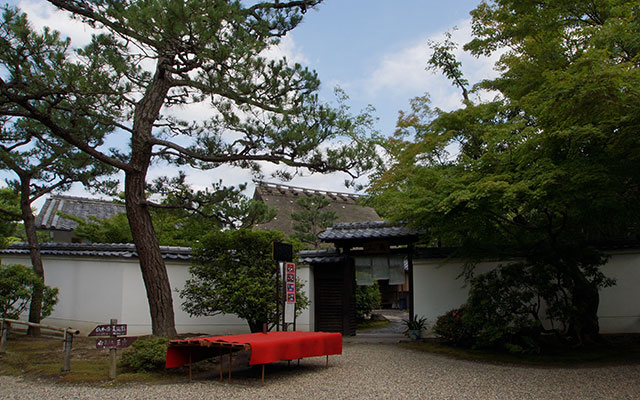
The Sanshutei Tea House was transferred to the Isuien Front Garden, a particularly quiet place in the Isuien Garden. We use the Sanshutei Tea House as a restaurant, Sanshu, and hope that you enjoy a meal while viewing the Front Garden.
Open day and open hours
Open day and hours of the Sunshutei Tea House are different from the garden.
Menu
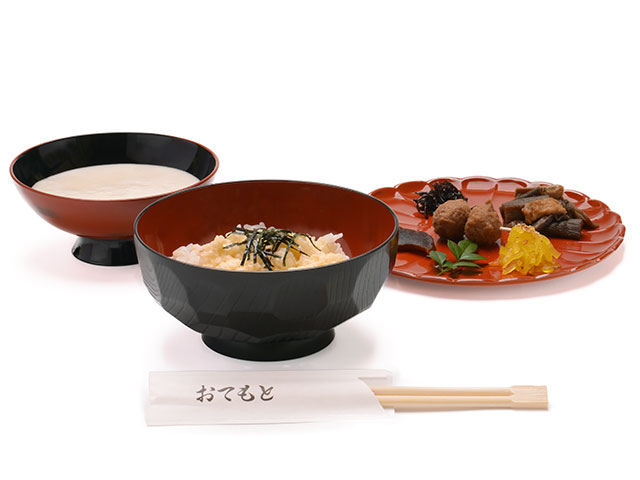
Grated yam with rice and barley
(2,000 JPY)
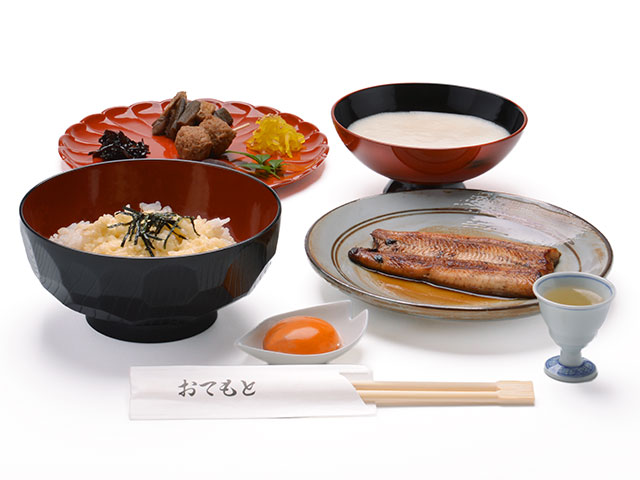
Grilled eel, and grated yam with rice and barley
(4,000 JPY)
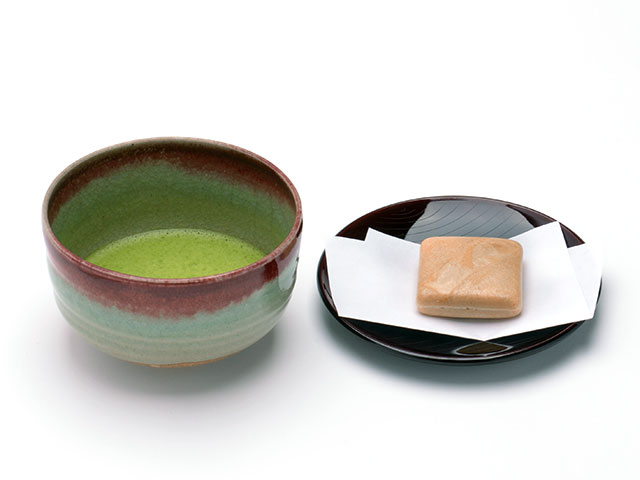
Matcha
(1000 JPY)
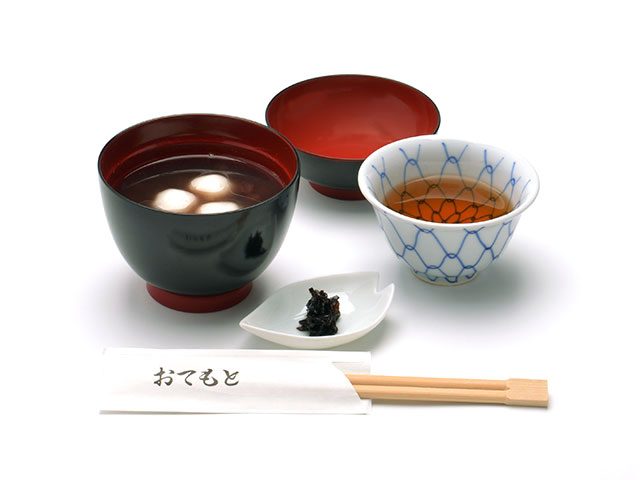
Zenzai(Sweet red bean soup)
(900 JPY)

Coffee
(550 JPY)
Beer,Amazake(sweet mild sake) and black tea are also ready.
Powdered green tea "Matcha" and steeped green tea "Sencha"
Japanese people generally imagine powdered green tea when they hear the term "tea ceremony" or "appreciating tea".
Originally, powdered green tea was aristocrats’ drink. A practice of drinking powdered green tea became widespread among influential samurai or daimyo, along with tea ceremony. In the middle Edo Period (eighteenth century), tea master MATSUDAIRA Fumaiko spread the custom of drinking powdered green tea among commoners. Before the eighteenth century, commoners drank steeped green tea.
The production processes of powdered green tea and steeped green tea are different from each other, and accordingly the tastes are distinct.
"Sencha" steeped green tea.
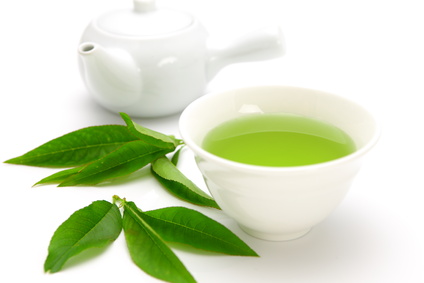
Sencha steeped green tea with unique sweet taste
In order to produce steeped green tea, harvested tea leaves are steamed, and then tea leaves are squeezed and heated. This results in the unique taste of steeped green tea. Put tea leaves in a tea server, and pour hot water of 90 degrees in centigrade into the tea server. You can simply drink steeped green tea because the tastes include some sweetness.
"Matcha" Powdered green tea.

Matcha Powdered green tea
Prior to harvest, tea leaves for powdered green tea are grown while keeping them off sunshine in April and May. These tea leaves are steamed, dried, and powdered using milling mortar. Put powder in your cup and pour mildly hot water of 60 degrees in centigrade. This produces strong caffeine. Because of its bitter taste, it is ordinary to serve sweets with powdered green tea.

